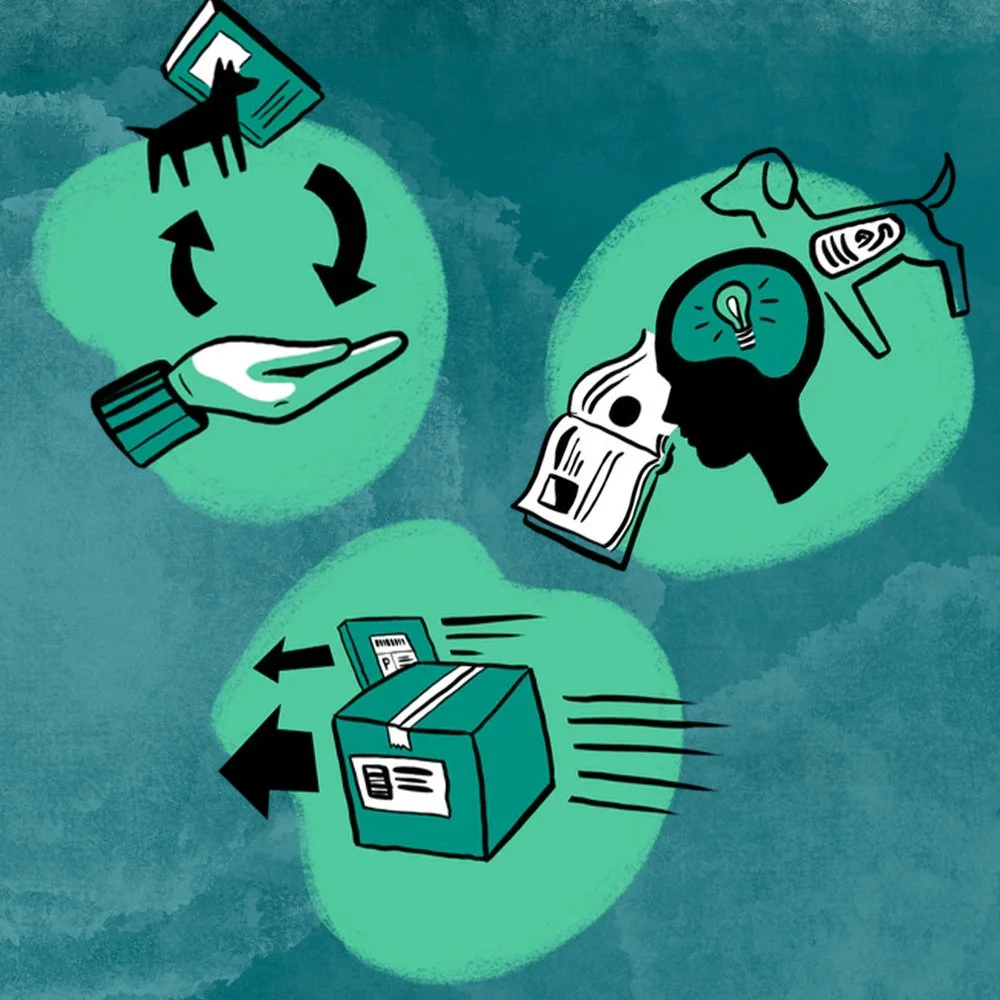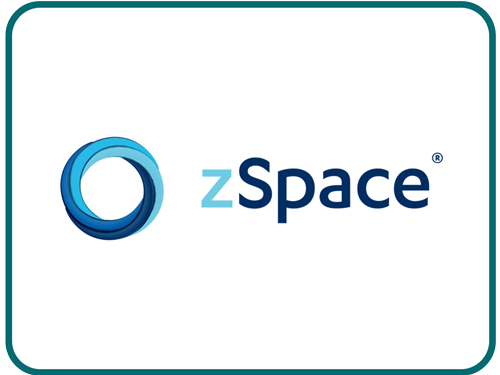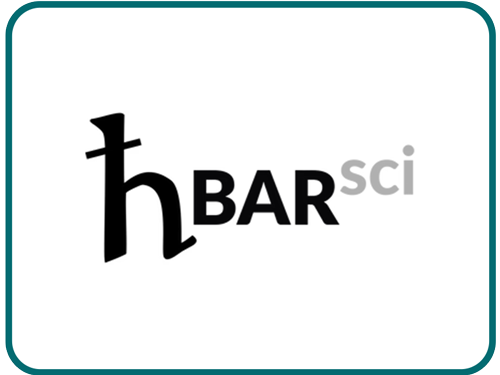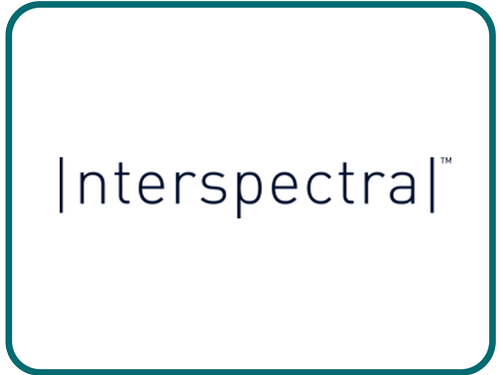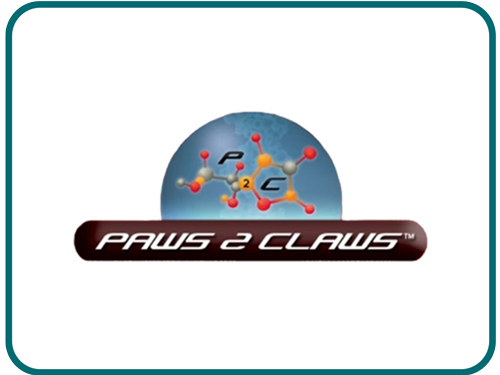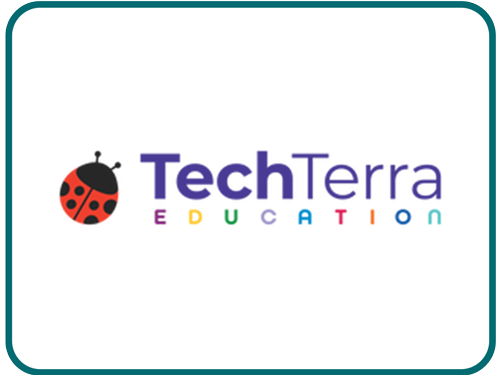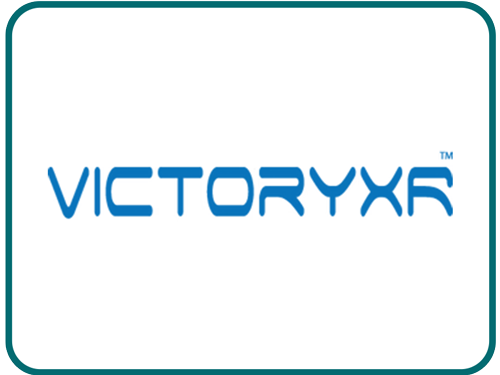
Alternatives
Today there is no need to use live and dead animals as teaching tools because there are innovative alternatives that give students the opportunity to learn science with compassion. Furthermore, studies show that students at all education levels perform just as well or better when using non-animal methods compared to traditional animal dissections (Ormandy et al., 2022; Zemanova & Knight, 2021).
The Science Bank
In 1996, Animalearn launched The Science Bank (TSB), a FREE lending library of humane non-animal alternatives. Today, TSB is the only loan program of its kind in the U.S. Through this unique program, not only can educators and students borrow hundreds of high-quality, animal-friendly humane science education products, but also, they can access quality online dissection resources ranging from mobile apps to printable 3D models.
A Solution for Science Classrooms
Whether you are a student looking for an alternative to dissection, a parent/guardian seeking a humane alternative for your child, an educator investigating alternatives for students who opted out of dissection, or a veterinary professional searching for non-animal resources to help practice specialty skills (like CPR training or suturing), you will find what you are looking for and more in TSB.
Accessing TSB is a simple three step process: Borrow, Learn, Return. Individuals can search for alternatives by type of animal, education level, medium, manufacturer, or subject level. Borrowers must be 18+ and reside in the continental U.S. (If you are a student under the age of 18, please have a parent/guardian/teacher borrow the alternative for you.) All borrowers are required to sign a loan agreement.
Virtual Dissection Resources
Classrooms and learning tools are becoming increasingly high-tech, which makes replacing live or dead animal labs with humane alternatives even more compelling. Several companies are on the forefront of this “non-cutting edge,” with increasingly sophisticated and innovative approaches to teaching science. (Howard Church, 2016) Animalearn highlights the ever-evolving world of humane non-animal technology on our Virtual Dissection Resources page. Here you will find a comprehensive listing of virtual resources for both animal and human anatomy, physiology, and psychology. Our easy-to-use key guides users to compatible software platforms, whether a resource has a fee or is free, and offers a brief description of the tech.
The listing also highlights some VR (virtual reality) and AR (augmented reality) dissection software. According to a recent study,. (Chuang, et al., 2023)
It was found that VR was an efficient teaching tool that enhanced students’ attention and contributed to the improvement of learning outcomes.
Partners
One key way that Animalearn works to garner support for humane science education is through partnerships with companies that develop innovative, humane non-animal alternatives. To explore our partners’ pages, please click their logo. If your company offers humane non-animal alternatives and is interested in becoming a partner with Animalearn, please send us an email at info@animalearn.org to find out more information.
Anatomy in Clay® Learning System
3B Scientific
BodyViz
Bones Clones®
zSpace
BioSphera.org
Curio XR
Denoyer-Geppert Science Company
EasyAnatomy
eMind Software
ExploreLearning
Getting Nerdy with Mel and Gerdy
GIANTmicrobes®
hBARSCI
Interspectral™
Merge EDU
Norecopa
Origami Organelles
Paws 2 Claws
Rescue Critters®
SynDaver®
TechTerra Education
VictoryXR
REFERENCES
Chuang, T.-F., Chou, Y.-H., Pai, J.-Y., Huang, C.-N., Bair, H., Pai, A., & Yu, N.-C. (2023). Using Virtual Reality Technology in Biology Education: Satisfaction & Learning Outcomes of High School Students. The American Biology Teacher, Vol. 85, No. 1, pp. 23-32.
Howard Church, J. (2016). The Non-Cutting Edge. AV Magazine, No. 2, pp. 10-11.
Ormandy, E., Schwab, J., Suiter, S., Green, N., Oakley, J., Osenkowski, C., & Sumner, C. (2022). Animal dissection vs. non-animal teaching methods: A systematic review of pedagogical value. The American Biology Teacher, 84(7), 399-404. https://doi.org/10.1525/abt.2022.84.7.399
Zemanova, M. A., & Knight, A. (2021). The educational efficacy of humane teaching methods: A systematic review of the evidence. Animals: an open access journal from MDPI, 11(1), 114. https://doi.org/10.3390/ani11010114

